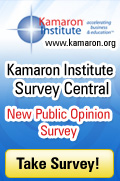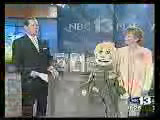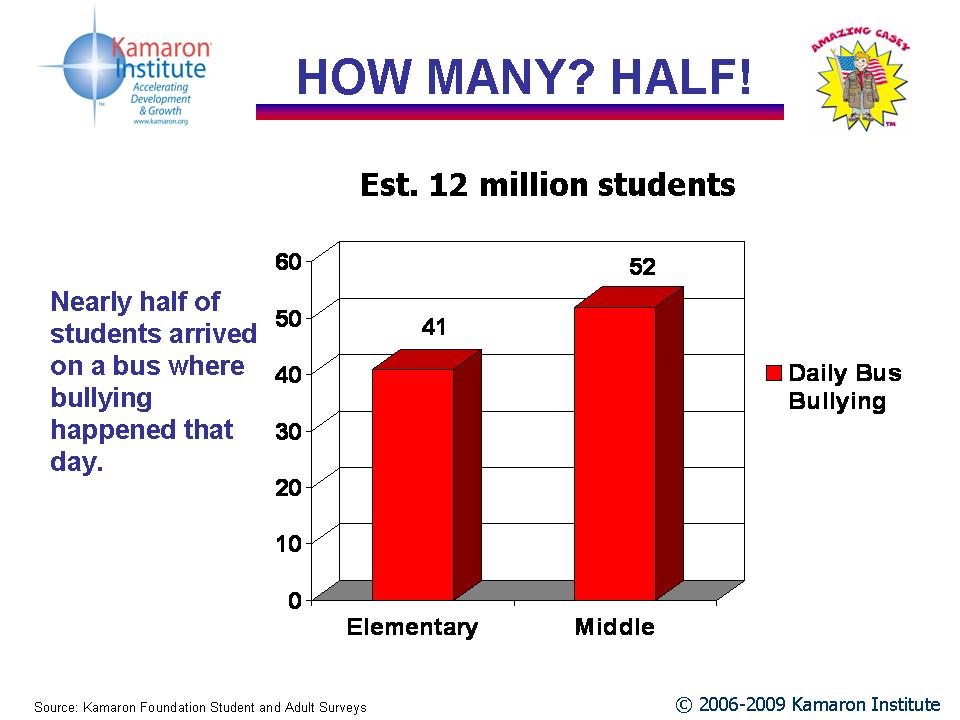by Margaret Ross
 |
Business success is like a treasure hunt. What often appears to be amazingly good luck or inborn business brilliance is actually a disciplined, predictable process like following a treasure map. Treasure hunting is a mindset, often the hallmark of entrepreneurs, but certainly not their exclusive domain. Treasure hunters are also identified by their track record of "blooming where they are planted." |
Craig Randall drove a garbage truck in Peabody, Massachusetts. In a garbage container one day he noticed a Wendy's soft drink cup bearing a contest sticker. Having won a sandwich the week before, Randall checked it, hoping for a similar "find." Instead, he peeled a sticker worth $200,000 toward the construction of a new home, reported U.S. News World Report.
What we get out of life depends upon what we look for. Are we likely to view each experience as something to get through and quickly trash or as a potential treasure? It's all about attitude.
Author, John C. Maxwell, in Thinking For A Change quips, "All things being equal, attitude will make all the difference. All things not being equal, it still will."
Treasure = Profit
Profit is one type of business treasure. The traditional image of buried treasure is gold doubloons in a pirate's chest; business treasure will be buried behind the walls of traditional thought or perhaps six feet under "the way things are usually done around here."
Business treasure maps come complete with a map legend. The legend is the sometimes confusing compass graphic and a distance decoder scale. The map's distance scale, tells the searchers if an inch equals one mile or one hundred miles. The map's legend also provides the three "R's" of treasure hunting.
The first "R" is recognizing. The second "R" stands for route. The third "R" is for results. Recognizing - Use your map to recognize the clues along the way. Route - Stay on the right route by following sound businesses practices. Results - Your treasure of results must be measurable to be meaningful.
Recognize: Treasure hunters need to be able to recognize what makes a business model work. It's important to be able to tell the difference between an attractive concept and a business model that is capable of producing profit. Many business concepts look good on paper; fewer deliver paper that can be deposited in your account. The goal is profit not merely revenue.
Amazon's Jeff Bezos said, "We were hoping to build a small, profitable company. And of course what we did was build a large, unprofitable company." A recent "Dilbert" cartoon offered this sage advice. "Remind people that profit is the difference between revenue and expenses. This makes you look smart." The purpose of business is to make a profit. That profit creates new jobs and expands opportunities.
Route: Whether your company is part of rapidly expanding services sector, manufacturing or retail focused, follow routes that work. One route that always works is creating sustainable strategic competitive advantages for your company. These advantages are the areas where your company sets itself apart from the competition in the total value it offers customers and stockholders.
Your sustainable Strategic Competitive Advantage is the moat surrounding your castle of business success. This is your company's "secret sauce." Having one means that the competition cannot quickly or easily match you. The most important word is "sustainable." You need the right combination and the right number of things. The long term success of Coca-Cola and Microsoft are two powerful examples.
Do not choose price as your sole competitive advantage. Price is neither strategic nor sustainable. It's merely a tactic. All that has to happen is a company with lower overhead to enter the market and steal your price-sensitive customers. Poof! You are out profits and out of business.
Results: Business is about results. Know exactly before you set out on the journey what results you seek. This will keep you focused and help you paint a vivid vision for your employees. Leverage effective technology tools to reach your company's desired results. Technology is a wonderful slave but a terrible master.
Dig here: People are your most valuable asset. Treasure them.
Margaret Ross, president of Kamaron Institute, www.kamaron.org
© 2006. All rights to all formats reserved.


